Practical Guide to Durable Wooden House Interior and Exterior Design
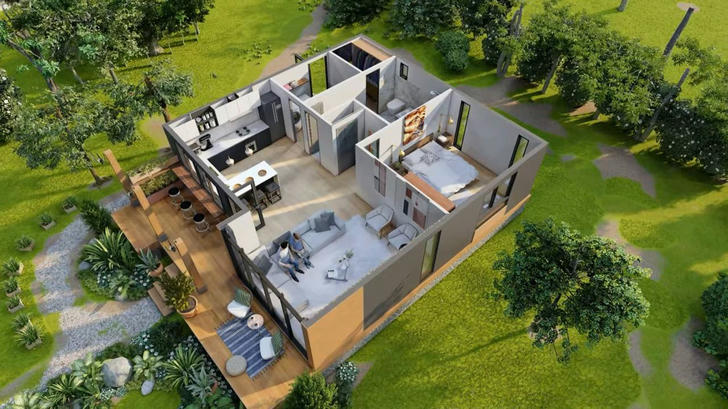
Log cabin design is not only about creating aesthetically pleasing spaces; it's about enhancing the quality of life and ensuring future usability. A well-designed log cabin can provide comfort and convenience now while remaining flexible for future changes. By balancing sustainability with economic benefits, log cabin living spaces can be both functional and environmentally responsible. Thoughtful design choices reduce resource waste, cut energy costs, and create spaces that are beautiful and durable.
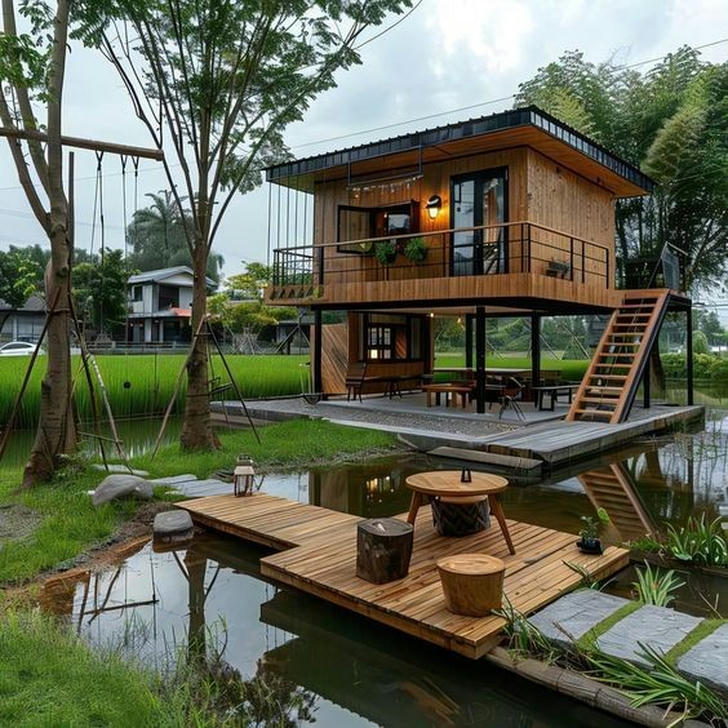
Log Cabin Interior Design: Focus on Long-Term Use and Sustainability
Flexible space layouts are crucial in log cabins, especially given the need to adapt to changing family needs. A children's room can transform into a guest room, or a home office can double as an extra bedroom. Choosing modular or easily transformable furniture allows the space to evolve with your lifestyle. Multi-functional spaces—such as a living area that serves as both a gathering spot and a workspace—enhance usability and make the most of available square footage.
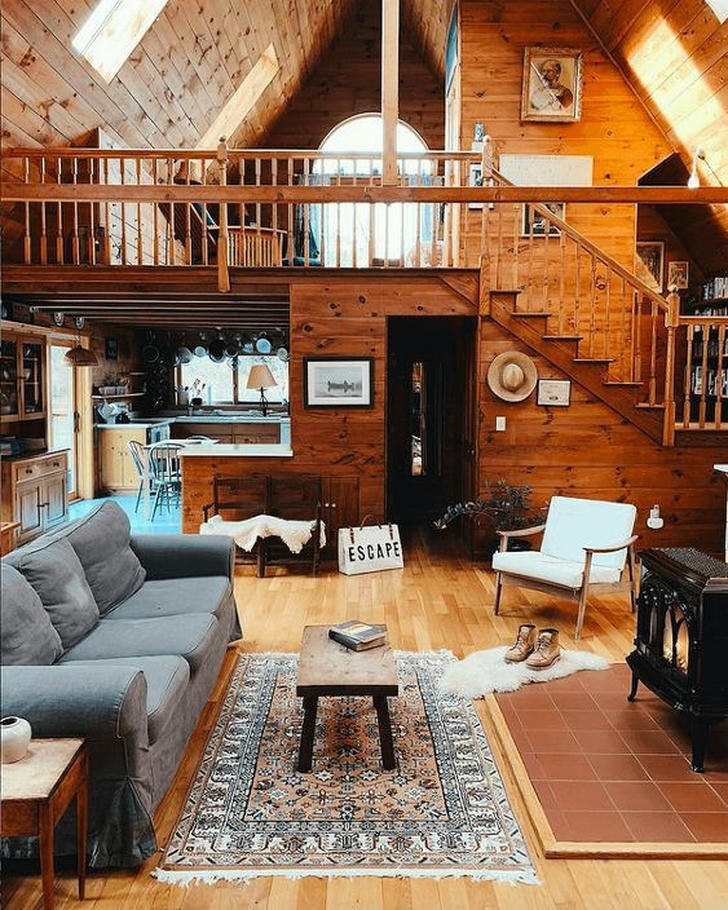
Using sustainable materials is key to a healthy and eco-friendly interior. Reclaimed wood, bamboo, and recycled metals are excellent choices that reduce carbon footprints while adding to the natural beauty of the log cabin. High-efficiency appliances in the kitchen and bathroom not only lower energy consumption but also align with the rustic, functional charm of cabin living. Installing energy-saving fixtures and smart systems helps maintain a cozy atmosphere while minimizing utility costs over time.
Selecting long-lasting finishes also reduces future maintenance. Durable wall coverings like wood paneling or eco-friendly paint can last longer and be easier to clean. For flooring, consider using hardwood, natural stone, or high-quality tiles, which align with the rustic aesthetic and are built for durability. Modular furniture that can be rearranged easily supports changes in style or function, reducing the need for replacements.
Indoor air quality is vital in a log cabin environment. Optimizing ventilation through windows, skylights, and proper air circulation keeps the space fresh. Using low-VOC materials and natural finishes reduces air pollution inside the home. Incorporating indoor plants also helps purify the air while enhancing the natural cabin atmosphere, further contributing to a healthier living environment.
Log Cabin Exterior Design: Focus on Durability and Environmental Friendliness
Water-efficient landscaping is a crucial aspect of sustainable log cabin design. Opting for native, drought-resistant plants like wildflowers, grasses, or perennials reduces water use while blending harmoniously with the natural surroundings. Incorporating a rainwater harvesting system allows you to collect and reuse natural rainfall for irrigation, making your outdoor space more self-sufficient and eco-friendly.
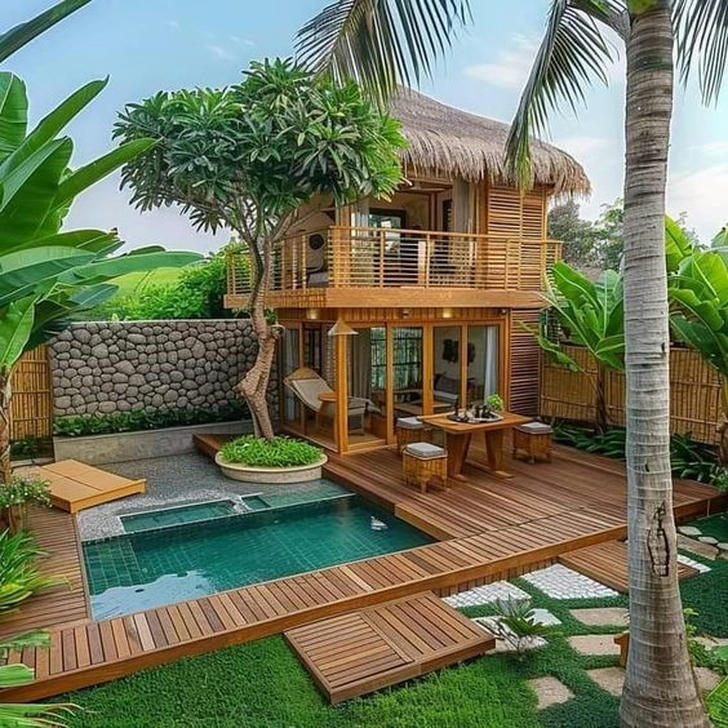
Durable, low-maintenance materials are essential for the cabin’s exterior. Permeable pavers, natural stone, and recycled materials provide resilience against the elements while maintaining a rustic appearance. These materials prevent water buildup and keep pathways safe. For outdoor furniture and decking, treated wood or waterproof coatings reduce weathering, ensuring longevity despite exposure to the elements.
Energy-efficient lighting enhances both security and aesthetics in outdoor areas. Solar-powered lights are perfect for cabins, harnessing natural energy while illuminating pathways or patios. Motion-sensor lights provide safety while minimizing energy waste, making outdoor areas more functional at night and contributing to a more sustainable living environment.
Integrating Indoor-Outdoor Design: Prioritizing Comfort and Sustainability
Log cabins are uniquely suited for a seamless indoor-outdoor living experience. Large windows and glass doors invite natural light and fresh air, creating a harmonious connection with nature. Installing energy-efficient windows, such as double-glazed models, can reduce heating and cooling needs while maintaining thermal insulation. These windows not only provide excellent natural lighting but also offer soundproofing to enhance comfort in all seasons.
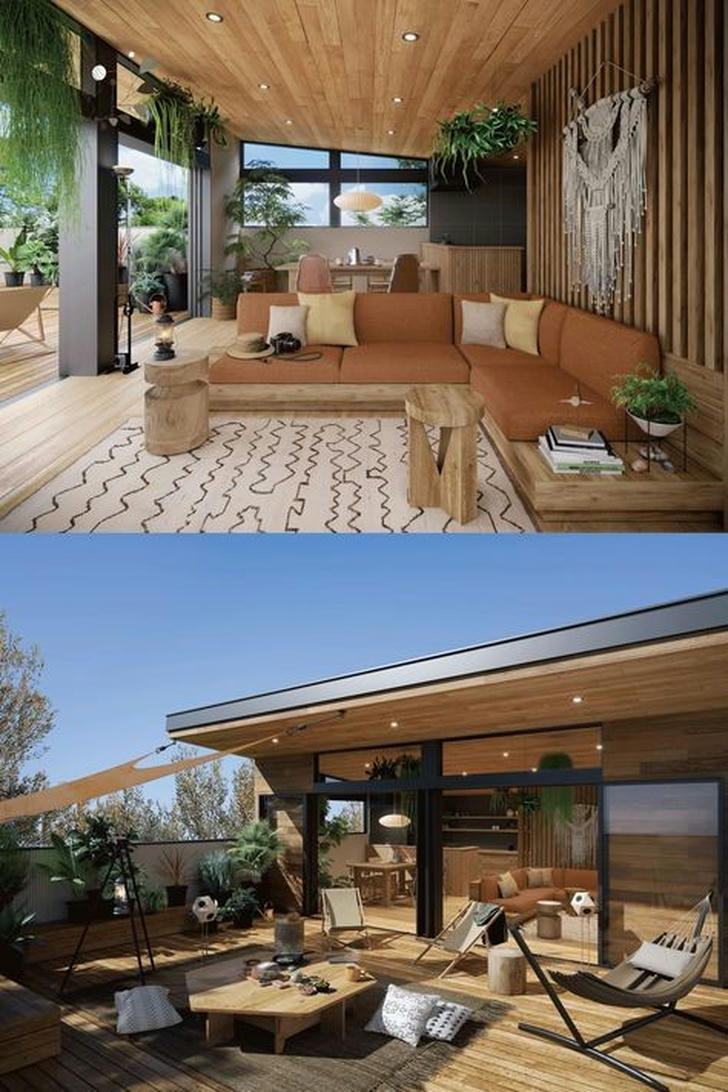
Outdoor spaces like decks, terraces, or gardens expand the usable living area. Sliding doors or bi-fold windows create a natural flow between the indoors and the outdoors, perfect for gatherings or relaxation. Outdoor kitchens, fire pits, and seating areas designed for year-round use encourage time spent in nature without sacrificing comfort.
Case Study: A Sustainable Log Cabin Transformation
A family living in a 700-square-foot log cabin wanted to transform their space to be more energy-efficient and family-friendly. Their goals were to reduce energy costs, create flexible indoor spaces for family gatherings, and better utilize their outdoor areas.
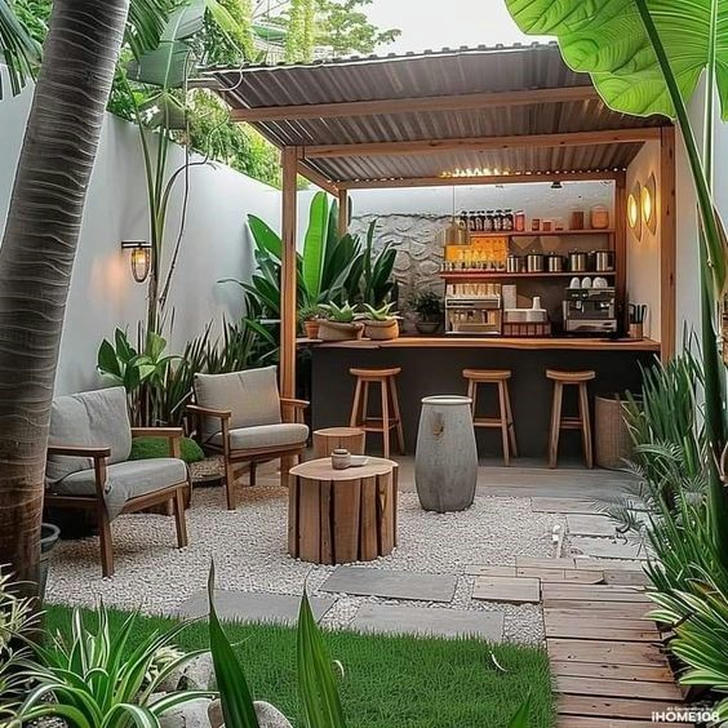
Indoors, they opened up the living space by removing unnecessary walls between the kitchen and the living room. They installed energy-efficient windows and solar panels, which cut their electricity bills by nearly 40%. They chose reclaimed wood and low-VOC paint, creating a healthier indoor environment that preserved the cabin’s rustic charm.
Outdoors, they designed a kid-friendly play area surrounded by native, drought-resistant plants. A rainwater harvesting system provided sustainable irrigation, and sliding glass doors seamlessly connected the interior to the backyard, where family gatherings could extend into the outdoor space.
The result was a highly functional, sustainable log cabin with reduced energy consumption and increased family interaction. The family appreciated the eco-friendly improvements, lower utility costs, and enhanced living experience their new design provided.
Creating a sustainable and long-lasting log cabin involves thoughtful planning of both the interior and exterior spaces. By focusing on flexibility, energy efficiency, and the use of eco-friendly materials, homeowners can design spaces that meet current needs while being adaptable for the future. Sustainable design choices not only reduce environmental impact but also offer lasting value, comfort, and beauty. As we integrate these principles, we forge a deeper connection between our living spaces and the natural world, ensuring a healthier and more enjoyable lifestyle for generations to come.
